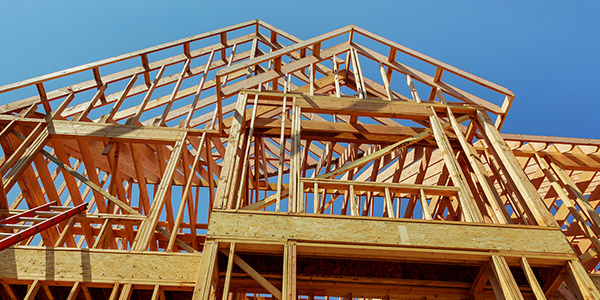Homebuyers
How to Use Builder Incentives to Get a Sweet Deal on a New Home
January 2, 2019
Knowing How Builders Work Could Land You a Great Home with All the Extras
Fantasy vacations, new cars, in-ground swimming pools, luxury appliances, and zero closing costs, are just some of the builder incentives homebuilders may offer to attract buyers. The slower the sales market, the more over-the-top the sales inducements can be.
The question is, should you take advantage of them – who after all couldn’t use an all-expenses-paid trip to Tahiti or at least an upgraded countertop from granite to marble?
Before responding, let’s take a deeper dive into the world of how builder incentives work – and more importantly – how they might work for you.
Why do builders offer incentives?
Builders are subject to the same laws of supply and demand that other businesses are. Builders need to sell their homes to generate cash flow, so they can start new projects. Every day their inventory sits idle is another day it must be maintained, at a significant cost to the builder.
What kinds of incentives are most often offered?
Each builder may offer different incentives, according to their unique business model or method of operation, but you can expect builder incentives to comprise one or a combination of three categories: outright price cuts, financial inducements, and structural/material upgrades.
Price reductions would seem to be the most logical benefit to the new homebuyer, but builders often shy away from them because they want to maintain the value of their project, not undercut it. Offering a price reduction could also anger earlier buyers who feel their investment has already lost value.
Therefore, many builders prefer using other homebuying inducements, such as making the buyer’s initial mortgage payments, covering their closing costs or paying for their property taxes, insurance, or HOA dues for a certain period.
More likely, however, they will offer a raft of upgrades (for example: 50% off on all upgrades up to $50,000) as their first choice. They are builders, after all, who buy their materials at bulk rates, so extending these kinds of incentives costs them less than offering straight-out price reductions or financial incentives. Upgrades may cover flooring, countertops, windows, appliances, cabinets, lighting, security, or smart-home systems or even adding square feet to a garage or basement.
If that’s not enough, some builders – especially to hype a grand opening or close-out – may offer extravagant incentives like a new car or that vacation getaway to get you to sign a purchase contract.
Again, each builder’s incentives may depend on their culture, reputation, and way of doing business to reach their desired sales, revenue, and profit projections.
How do you receive builder incentives?
Like buying a car, keep in mind sellers will have a certain amount of wiggle room built into the sales price. So, at some point in your negotiation, you’re going to have to come out and ask for their seller concessions, if they don’t offer them first.
But whatever is offered, be clear they are there to come with specific conditions attached. These can include trade-offs or asking you to put down a large earnest money deposit or use the lender’s preferred lender or title company. You, of course, are under no commitment to use their lender, but you may not receive the incentives or discounts otherwise.
What else can you do to get a great new-home deal?
- Hire a Real Estate Agent knowledgeable about buying new homes. Builder contracts and the building process are different from what most agents deal with daily, so having new construction experience is important.
- Get pre-approved by a lender. Many builders offer kick-off specials to jump-start sales. A preapproval from your lender will stamp you as a serious buyer and move you to the head of the line should you need act quickly on a deal too good to pass up.
- Look to purchase builder models. Although the models may have served as the builder’s offices and seen lots of foot traffic, these gently-used homes can be a good value. The downside, you don’t get to specify your design choices. WYSIWYG (What you see is what you get!).
- Buy at the end of the quarter or end of the year. Publicly traded building companies tend to offer more generous incentives at these times to meet sales goals and keep their shareholders happy.
- Get an inspection. Just because a home is new doesn’t mean it’s not without faults and flaws.
- Check the warranties. Not all warranties are created equal. Find out what the builder covers, and what their third-party warranty company covers, if they use one. Certain products, like windows, may come with their warranties.
There’s nothing like a new home. Builders are building them smarter and more efficiently and for the way you live today. Chances are that in making your new home rounds, builders will dangle and dazzle you with all kinds of incentives and inducements. They can indeed make your new home purchase sweeter, just be sure, after doing your homework and due diligence, that you aren’t overpaying for that Tahiti vacation.





 Smart Moves Start Here.
Smart Moves Start Here.